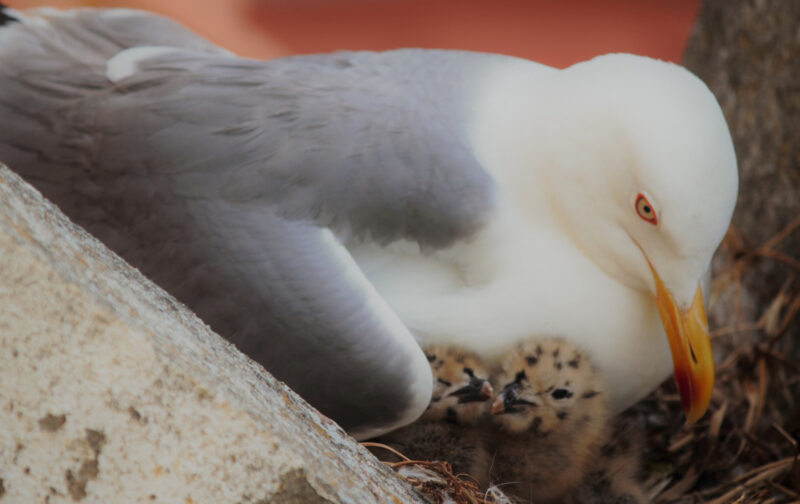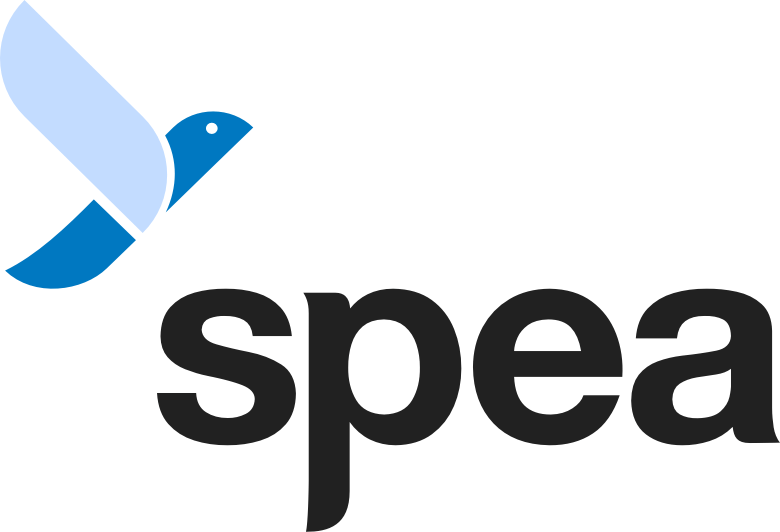Over the past month, conservationists and volunteers have scoured the islands of Madeira, Azores and Canaries, rescuing over 800 seabirds grounded by artificial light. The teams, led by the Portuguese Society for the Study of Birds (SPEA, the BirdLife partner in Portugal) and the Spanish Ornithology Society (SEO BirdLife) as part of the EU-funded project LIFE Natura@night, enlist hundreds of volunteers to help ensure that young birds safely make their first journey out to sea.
This autumn, seabird rescue campaigns in Madeira saved 123 birds, thanks to the combined efforts of 93 volunteers. In Azores, over 300 volunteers rescued 119 birds in Graciosa, 154 in Corvo and 357 in São Miguel, while in the Canary Islands 31 volunteers helped over 130 birds reach the sea in Tenerife. These are the numbers of dazzled seabirds within only 5 islands, of the total of 20 islands which form the three archipelagos. The tip of the iceberg of a threat which conservationists are growing increasingly concerned about: light pollution. In these three archipelagos alone, an estimated 1100 seabirds die due to light pollution every year – a serious issue in the breeding grounds of species which belong to the world’s most endangered group of birds.
Starting in mid-October, Cory’s Shearwater start leaving their nests on these islands in the Atlantic, heading for a life at sea. To avoid predators, the juvenile birds leave the nests under cover of darkness, using the moon and stars to guide them. But as human settlements expanded, this maiden flight became increasingly perilous: streetlights, headlights and floodlights all outshine the moon, confusing or even (temporarily) blinding the birds. As a result, birds may end up falling from exhaustion, or flying into obstacles such as buildings or cars – risking injury or even death.
These are intense weeks, with night after night spent walking the islands in search of birds which may need help. But for the LIFE Natura@night teams, work is far from over once the last hatchling of the year has successfully fledged. The project, which builds on decades of work by SPEA and SEO in the region, aims to go beyond rescuing seabirds to preventing them from falling in the first place. Project partners include local governing bodies and illumination companies, which are working together to implement more efficient, better directed lighting. Project partners are developing binding lighting plans to be implemented by the local authorities, and which partners hope will set the standard for seabird- and environmentally-friendly public lighting in the region and beyond.
The project also aims to extend its effect to private ventures – from individual citizens to hotels and organisations. These efforts include an invitation to apply for the Night with Life award, which certifies that an establishment takes measures to minimize light pollution – such as using sensors, timers or dimmer switches to avoid unnecessary light.
To assess the extent of the issue, LIFE Natura@night partners are also mapping light pollution in the three archipelagos, using tools ranging from ship censuses to spectrophotometry.
Besides seabirds, light pollution endangers other species including nocturnal insects and bats – and has significant impacts on human health. 99% of residents of Europe and the USA live under unnaturally bright night-time lighting. This prolonged exposure to light affects vital processes such as production of the hormone melatonin, leading to issues such as sleep deprivation, fatigue, headaches, stress and anxiety and even, according to some studies, increasing the risk of certain cancers such as prostate and breast cancer.
This project provides a good example of a collaborative, interdisciplinary effort involving a range of stakeholders, including researchers, policymakers, NGOs and local communities to tackle this pervasive threat, and ensure the protection of natural darkness, biodiversity, and human welfare.


